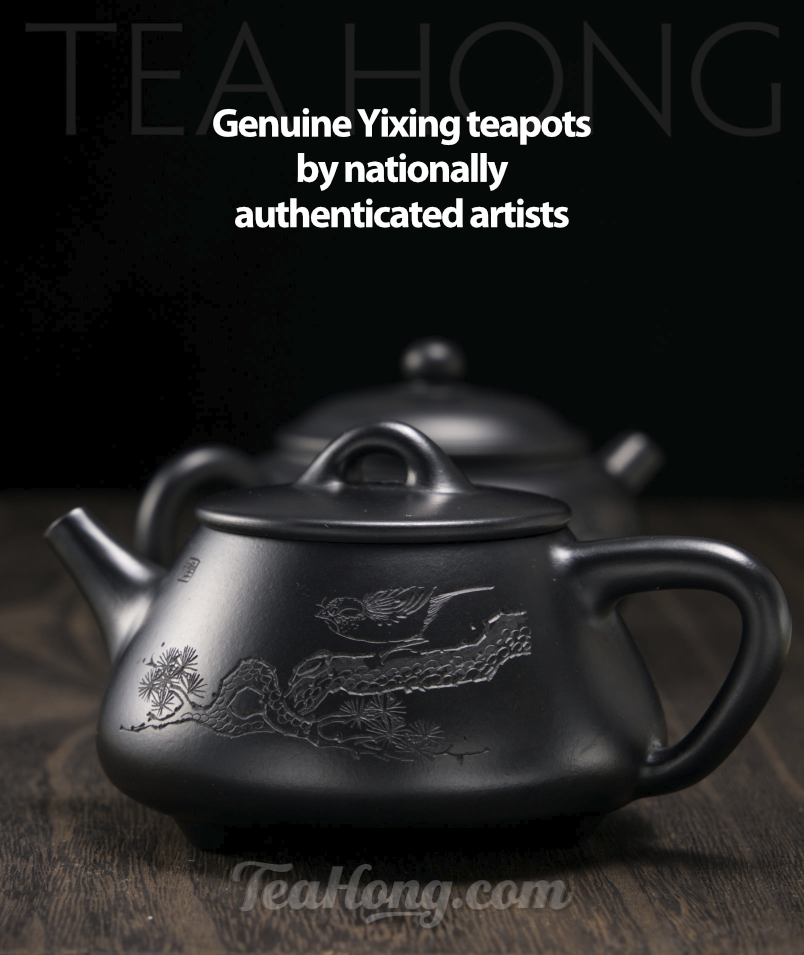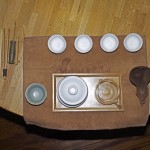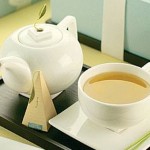Iced tea? Second thoughts

“I drink ice tea. If you lived in Houston Texas you would too
…there is nothing better on a hot, humid summer day in Texas than a big glass of ice tea. I cannot tell you how refreshing it is. You would have to experience it for yourself to know.” So writes reader P.S. who specifies to me that she does not want her name quoted.
I have written in so many occasions advising people to avoid iced tea that it may very well sound like I have always stayed away from it.
Iced tea: my usual drink too, years ago

Iced yun-yeung, a Hong Kong style half coffee, half tea beverage. This used to be my favourite drink in local folksy diners. If I ever order this nowadays, it will be the hot version.
Iced tea ( i.e. ice tea to certain people ), whether the all time Hong Kong favourite lemon tea with syrup, or Ceylon broken leaf boiled to extra strong with lard, or the uniquely Hong Kong half-robusta half-Ceylon coffee-tea they call the “mandarin duck” ( Chinese: 鴛鴦, in Cantonese jyutping: jun-jeung, romanisation in daily English: yuen-yeung ), had all been my usual summer drinks until I got really serious about tea, and about the health effects of various food and drink items.
I actually designed a few special iced tea drinks too, for business purposes. Hong Kong, being in the sub-tropic, is hot with a huge offering of iced drinks — it’s hard to imagine any F&B place without the category. I guess it is the same in Texas, or elsewhere where the climate is hot like ours.
Advise against iced drinks is destined to be unpopular
And I know exactly what it means when it is hot and humid ( relative humidity: 100% ), and after one has been out there whole afternoon, trekking the rocky paths of steep mountains, or swimming through the river of people on side walks next to traffic jams of double decker buses down in the congested Grand Canyon of concrete and stainless steel. A gigantic glass of iced drink seems to be the ideal thing to cool off. Iced tea, in particular, has such a refreshing sensation. Even twelve years ago, I would chew up every single bits of remaining ice-cubes to empty the glass.
Advise against iced drinks is destined to be unpopular, yet I feel obliged to share this information.
a bit of science
In the Western medicine point of view, iced tea and hot tea are more or less the same chemically, except that the low temperature may irritate a sensitive throat or trachea, and the high temperature one may scald your tongue or other parts of the upper alimentary passage.
Concerning this topic, the only other piece of wisdom from modern science is stating the fact that with a low temperature drink going into the lining of the intestine ( which is like the skin inside ), the body mistakes that the environmental temperature has dropped so the blood vessels near the skin contracts to reduce heat loss, thereby slowing down the natural cool down process. The excessive heat that should have been dissipated is trapped.
Traditional wisdom: Health Effects of Iced drinks
“Filling the stomach with snow could be fatal…” narrated David Attenborough in the BBC Planet Earth series, episode 5: Deserts. He was describing how those 1000 kg wild Bactrian camels were limiting the amount of snow they eat. Snow is the only source of water in the notoriously extreme conditions of the Gobi Desert, where most of the few hundred surviving individuals of this species inhabit. While camels in other parts of the world are taking in 200 litres of water in a single water hole visit, these Siberian giants are restricting themselves to slowly chewing up snow the equivalent of 10 litres of water a day.
To illustrate what this wild Bactrian camel behaviour in relation to our topic, let’s suppose a thirsty and healthy person can intake 2 litres (1) of water ( Please don’t try this, over-hydration can cause dilutional hyponatremia and can sometimes be fatal ). That is one-hundredth of that of the normal camel in a water hole visit. Basing on this proportion, this same healthy fellow human specimen should be taking at most 100 ml of iced drinks the whole day. That is less than half of a standard tea cup, if he/she follows the survival wisdom of the camel.
According to traditional Chinese medicine (TCM), the low temperature in an iced drink discourages the “domain” of the pancreas/spleen (2) and hinder the functions of absorption and water utilization. This resultant residual “dampness” coupled with the trapped heat ( remember you were very hot in the first place? ) to become “heat-dampness” toxins (3), which in turn weaken the governing domain.
Symptoms of “heat-dampness”
Such toxins of heat-dampness or just dampness alone can accumulate and become acute to manifest in different people in one or more of the following symptoms:
- Puffiness, esp of the skin around major lymphatic areas
- Excessive mucus, in adverse cases, allergies which have not existed before
- Stiffness, esp of joints with previous injury or over-exertion, in adverse cases, rheumatism
- Heaviness, or reluctancy to move
- Reduced immunity
- Rashes
- Hairy tongue/bad breath
- Symptoms related to the prostate
- Worsening of menstrual discomforts
- Leukorrhea
- Bloating
- Gaseousness
- Irregular bowel conditions and/or diarrhea
- Inconsistency of excrement that results in partial remains lining the wall of the bowel, the prolonged existence of which causes body odours, other obnoxious smells and the worst of all, other toxins in the circulatory system. It may also be a cause of colon cancer
Since antiquity, writers of Chinese medical literature have isolated various forms of “dampness” toxins as some of the major and common “pathogens” (3).
People who exercise amply and regularly, and who have a regular and balanced diet, and who go to bed early are less likely to acquire such symptoms when exposed to moderate iced drinks. Unless you are as strong as a camel, try to restrict yourself to very low intake anyways.











